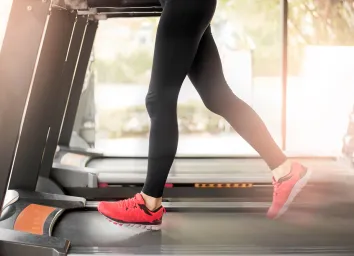The #1 Mistake People Make When Walking for Exercise, Say Experts
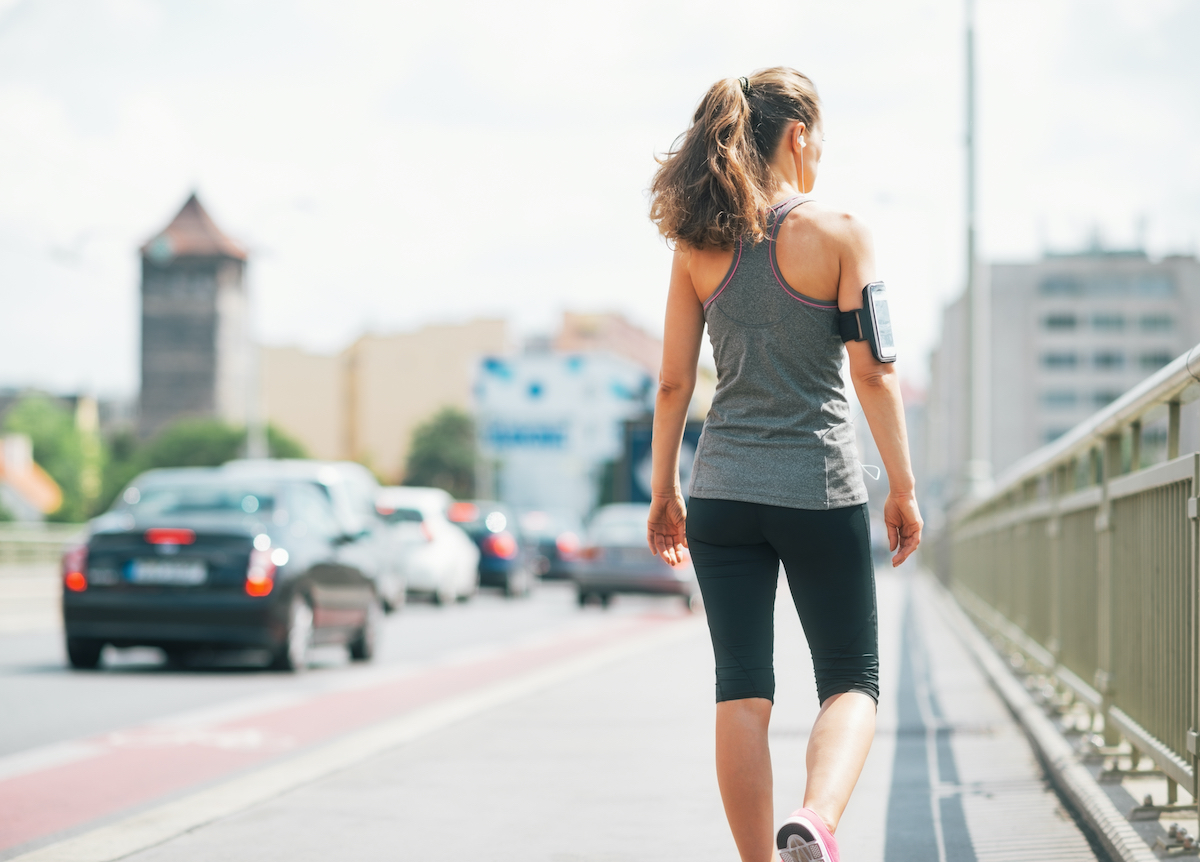
If you're an avid walker, you're probably all set up with the right shoes, your favorite step counter, and all the other equipment you need to maximize the many fitness benefits of your walking workout. But there's one crucial thing you might be overlooking that is impacting your performance: stretching.
"Stretching is huge for walking," says Lisa Herrington, an ASCM certified trainer and founder of FIT House Davis. Like with other forms of exercise, she considers stretching before and after a walk a vital piece of maintaining proper form, improving performance, and combating soreness during walking workouts. And skipping it—as many folks likely do—can increase your risk of injury, especially if you have arthritis or another similar health condition.
So yeah, taking the time to stretch before and after a walking workout is pretty dang important. Here, Herrington shares five key moves that can help you stay loose and limber during even your longest walks—and less sore afterward, too. (And for more intel on the benefits of stretching, check out One Major Side Effect of Stretching Every Day.)
Before you walk: Stretch your quads
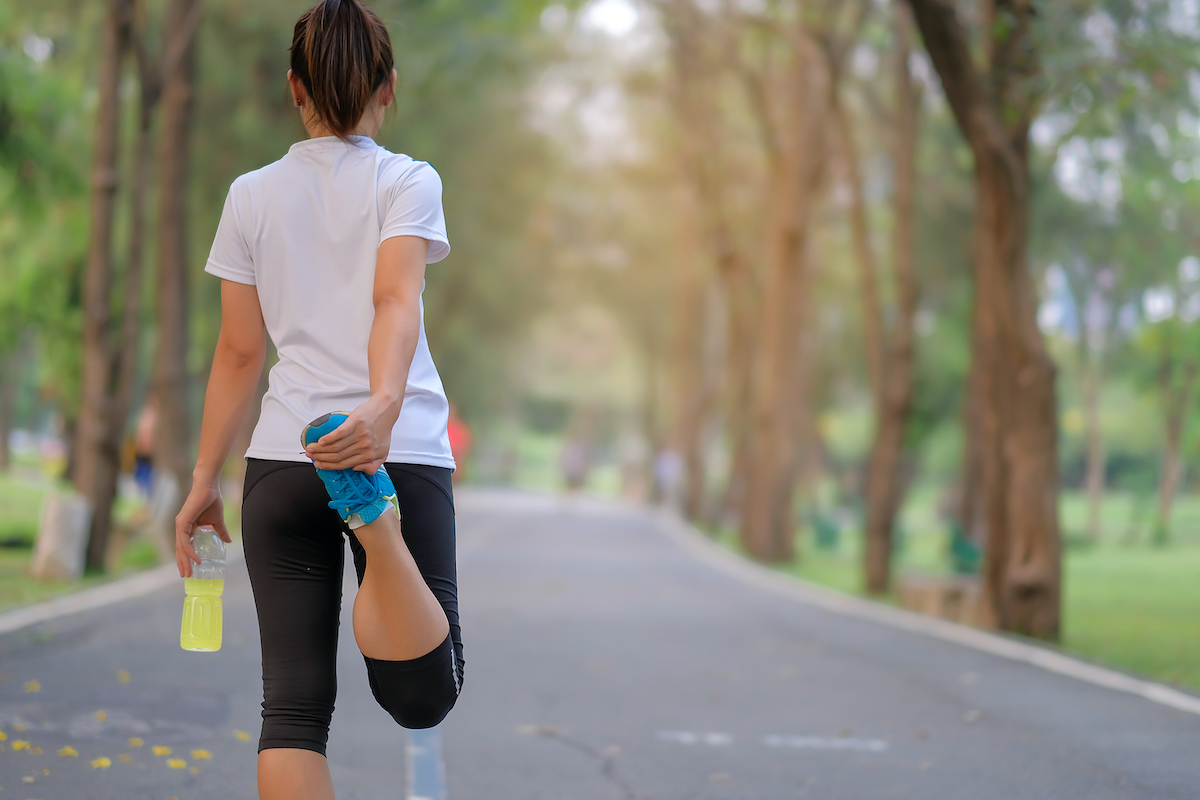
Your quads (aka the front and sides of your thigh) play an important role in walking, so warm them up with a good stretch before you head out the door. Herrington suggests standing and grabbing the top of your right foot, pulling it back to meet your right glute. (Hold onto something if you're having trouble balancing.) Hold for a few seconds, then release your foot to the ground. Repeat with your left foot.
Before you walk: Warm up your back
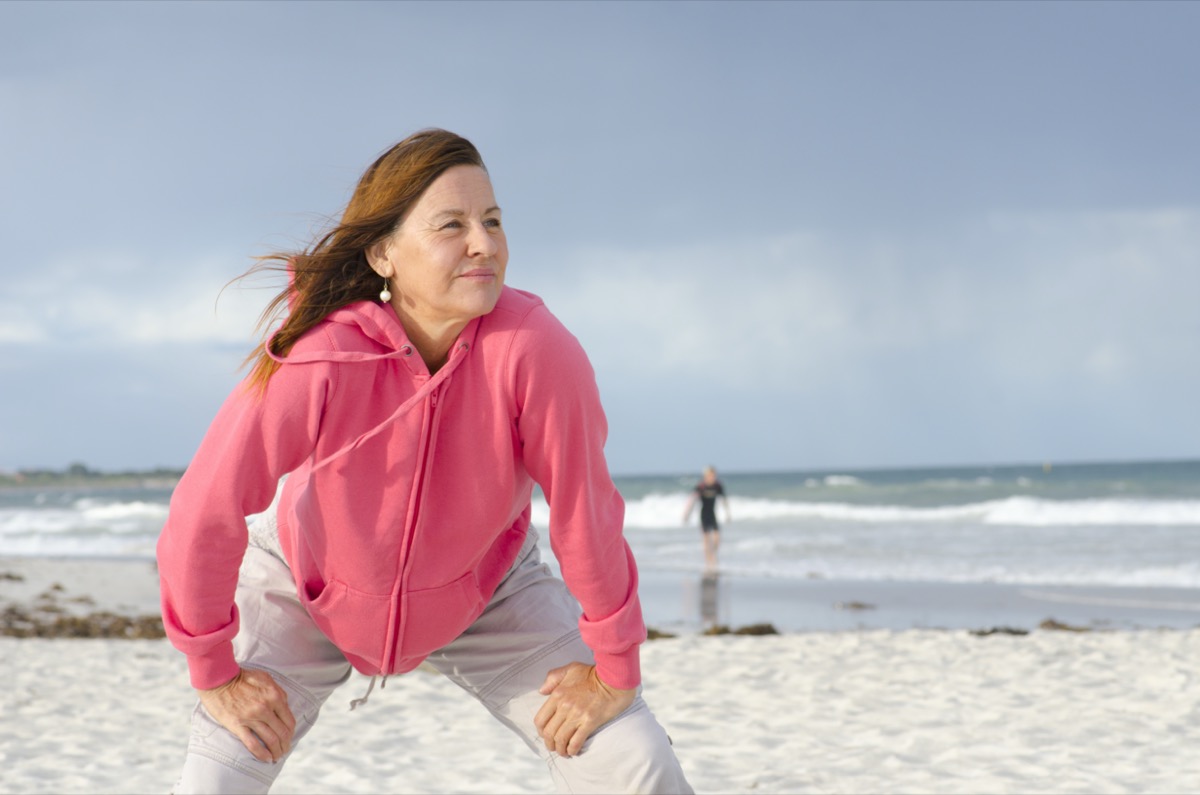
If you struggle with a tight back, warm it up with this simple move from Herrington. Stand straight, with your arms hanging at your sides. Swing your arms from side to side, crossing over your body so that you rotate your torso. "This helps to loosen up the lower back before you start a walk," says Herrington. (Check out some more Secret Tricks for Walking for Exercise, According to Walking Specialists.)
After you walk: Open up your hips
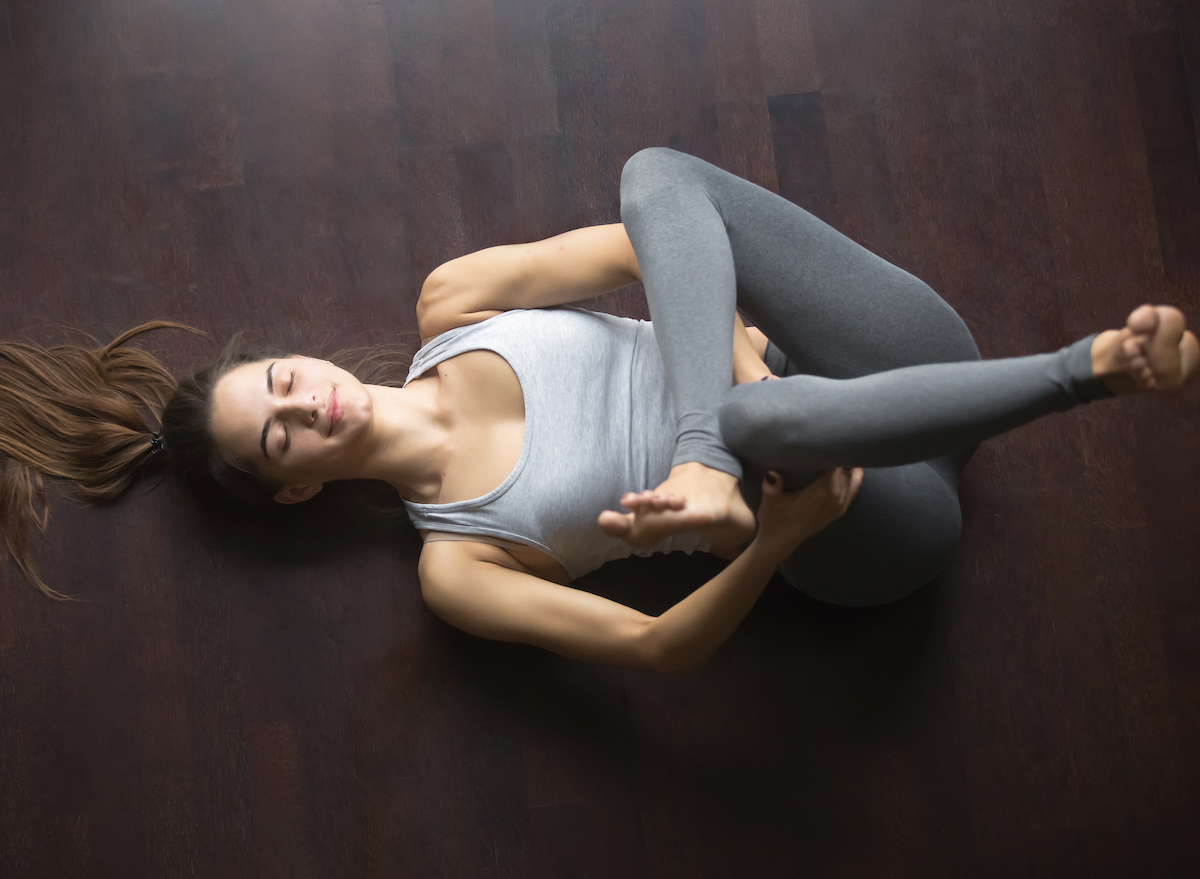
"Hips can get really tight after long walks or even short walks," says Herrington, so stretching them is important. Plus, she says that people who have tight hips tend to have tight lower backs, so stretching the one can help potentially soothe the other.
Want to try it? Herrington says to cross one leg over the other while sitting in a chair, with the calf on the top leg facing up toward you. (Your legs should look like the number four.) Then slowly fold your upper body forward and down to really get a deep stretch in the hip. Hold for a few seconds, then uncross your legs and repeat on the other side.
After you walk: Stretch your hamstrings
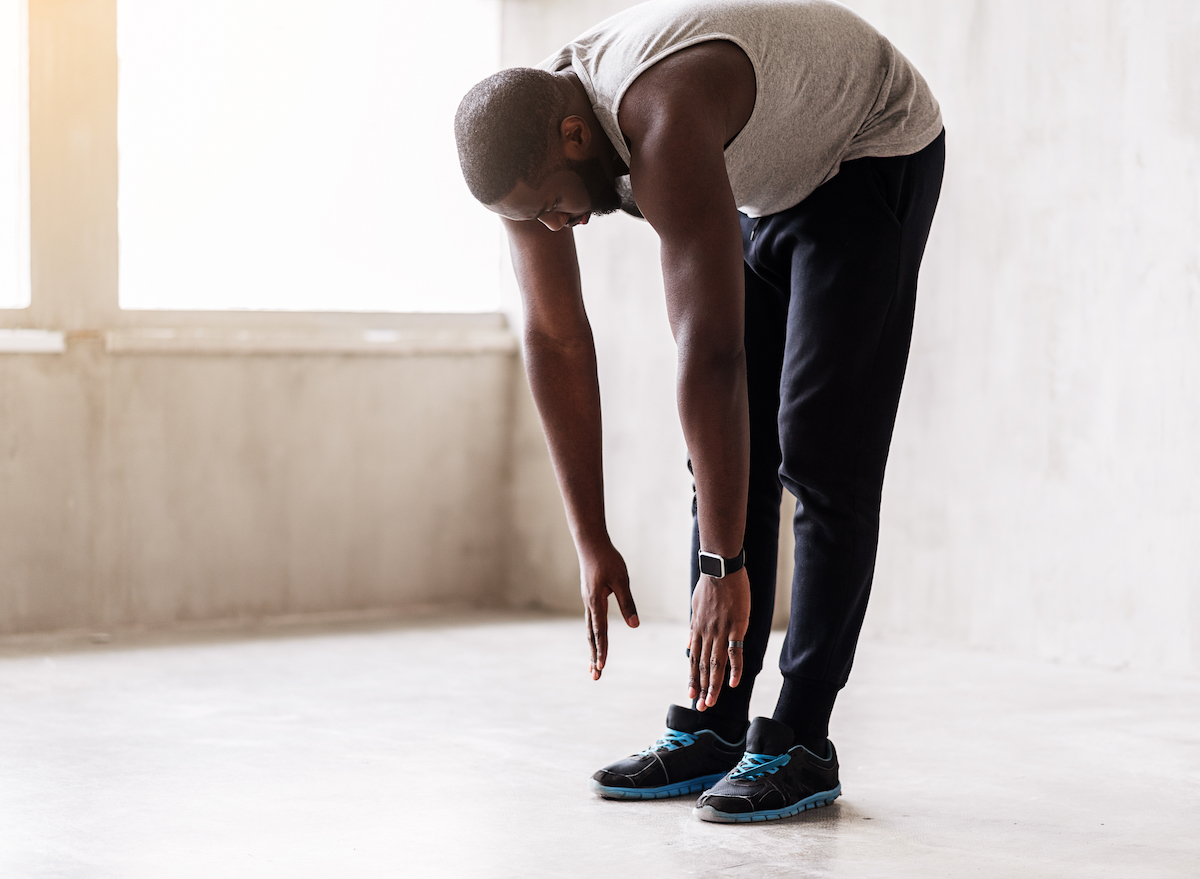
With proper form, your hamstrings and glutes should be powering your walks—and thus can get tired from racking up all those steps. Herrington says you can stretch your hamstrings by standing up straight, then stepping your right foot in front of your left foot "like you're on train tracks." Keep both legs straight as you fold your upper body forward. "You may not be able to reach down to the ground but maybe you can reach to your shin," Herrington says. Hold for a few seconds, then straighten and repeat with the opposite leg. (Note: Herrington says that the hip and hamstring exercises are great before you walk, too.)
After you walk: Work your feet with a tennis ball

"I coach clients to have a tennis ball or baseball at home so they can roll their bare foot on top of the ball," Herrington says. This helps to stretch out and soothe the bottom of the feet while promoting ankle stability. Looking for more smart exercise tips? Keep reading for 5 Healthy Post-Workout Habits for Weight Loss.


